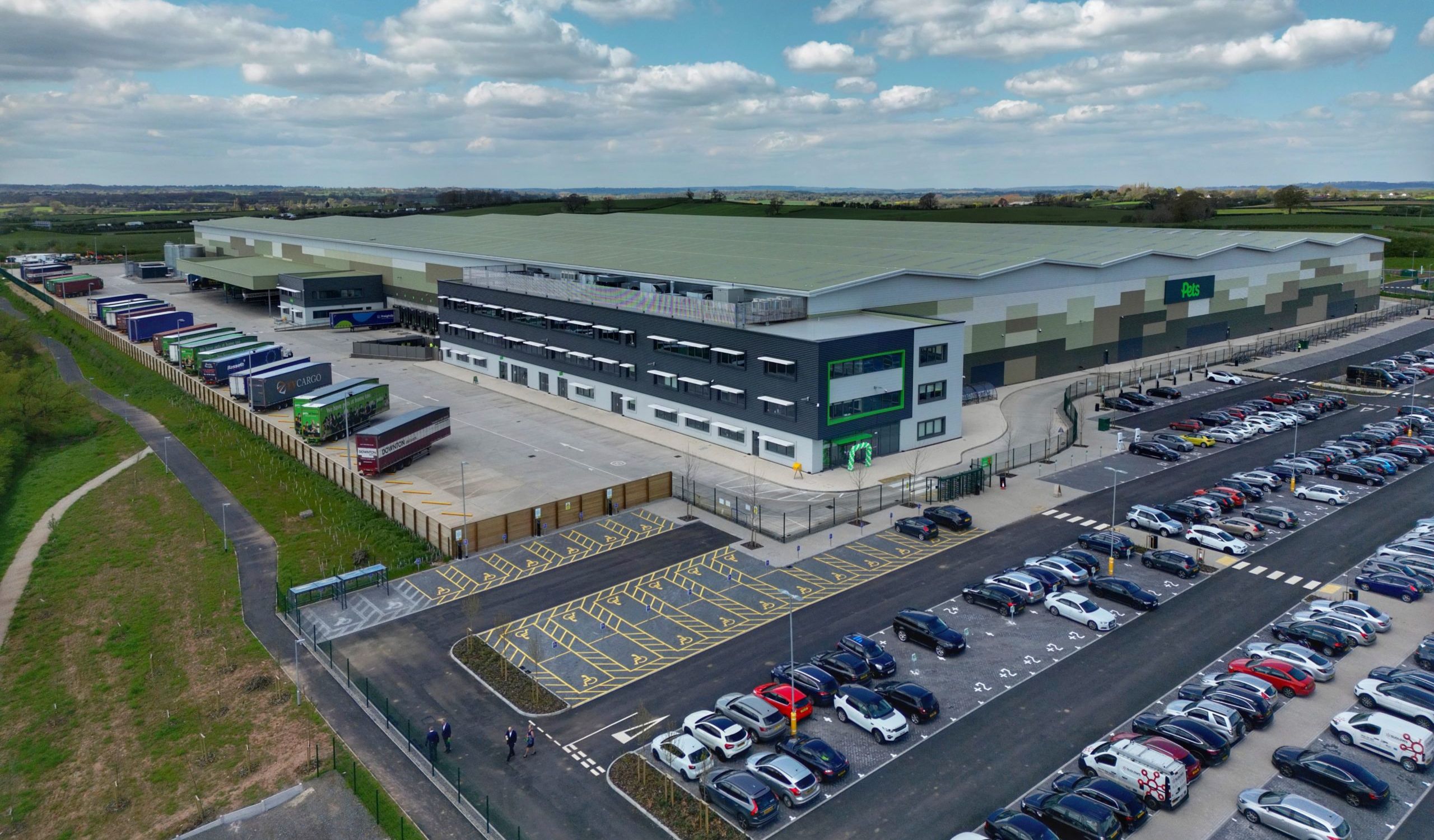Department stores and clothing retailers continued to feel the pinch as shoppers continued to spend less on them compared to the same time last year, official figures out today suggested.
In the three months to May 2019 customers spent 0.9% less at department stores than they did in the same period last year, according to the Office for National Statistics’ (ONS) Retail Sales report for May 2019. Clothing sales fell by 4.5% in May, compared to April, although they were up by 1.6% in the three months to May, on the same time last year. The growth in the average price of clothing fell for the ninth month in a row – as retailers suggested poor weather meant shoppers held off from buying new clothes.
Across all retailing, shoppers spent 2.2% more in May than they did at the same time last year, and bought 2.2% more goods, excluding automotive fuel. But May spending was down compared to the previous month of April, fell by 0.1% in value but 0.3% less than they did last month to buy
How we shopped online in May
Some 19.3% of total retail sales took place online, up by 8.2% from the same time last year.
Online sales at department stores grew by 3.5% compared to last year, but fell by 1.3% compared to last month. They accounted for 18.1% of all retail sales in the category.
Ecommerce sales of clothing, footwear and textiles grew by 6.4% on last year, but fell by 1.5% on last month, and accounted for 18.7% of sales in the category.
Household goods sales continued to grow online, rising by 14.9% compared to last year, and by 3% compared to last month, to account for 13.8% of sales in the sector.
Online food sales fell by 4.5% pared to last year, and by 1.8% compared to last month to account for 5.4% of alls ales in the sector.
Commenting, Rhian Murphy, head of retail sales at the ONS, said: “Retail sales continued to grow in the latest three months despite two consecutive monthly falls, with clothing sales declining considerably in May due to unseasonably cold weather. We see quite a mixed picture across the rest of the sector as the decline in department store sales continued, with no growth since September of last year.”
Industry reaction
Karen Johnson, head of retail and wholesale at Barclays Corporate Banking, said the ONS retail sales figures had held up relatively well and were broadly in line with expectations, with solid year-on-year growth and a relatively small dip compared with April – although they were much less pessimistic than the BRC-KPMG May figures out earlier this month.
“To understand what’s really going on in the industry we need to delve deeper into the data, with the ONS’s results revealing that fashion and department stores struggled in May, as inconsistent weather led to footfall taking a hit and this trend is likely to be repeated in the June numbers following the wet start to this month.
“How can we explain the growth in other parts of the retail industry? It’s certainly true that some retailers are keeping consumers spending by finding innovative ways to get customers into their stores and onto their websites. Whether that’s through a more experiential focus in-store, making online shopping simpler, or even demonstrating their sustainability credentials, parts of the sector are showing that it is possible to appeal to shoppers and keep sales ticking over as summer finally approaches.”
Andrew Westbrook, head of retail at tax and audit consultancy RSM, said the figures pointed to the influence of cheap fast fashion as “people are tending to buy more goods at a lower price than before”.
He added: “We’re also seeing a continued decline in department store sales which fell 2.4% versus the same month last year. The only bright spots were in grocery sales, which held up well, and online shopping, which now accounts for 19.3% of total retail sales.” He said online sales were growing as deliveries became more secure through innovations such as personal drop boxes, and more convenient through options allowing people to try clothing on and return it straight away. He added: “Meanwhile, the struggles on the high street continue. The acceptance of Arcadia’s recent CVA proves conclusive evidence that the economics on the high street have changed for the long term, if not permanently. Commercial landlords with high volumes of retail units have been hit as a result, and they can expect further pain to come.”
Paul Kirkland, retail and hospitality director at Fujitsu UK, said high street brands were continuing to struggle despite a slight increase in sales. Crucially, end of season sales are not sustainable all year-round. Retailers instead need to focus on inspiring customers to shop in-store, at a time when they are expecting the immediacy, personalisation and ease of use that online shopping provides them.
“Technology is already providing solutions here; whether it’s using augmented and virtual reality to immerse people in an engaging experience or leveraging predictive analytics to build a responsive and speedy delivery network. We found that over half of retailers are already looking forward to AI helping them meet consumer demand for new and exciting physical retail experiences. Long-term investments in technology and in-store expertise will help engage and invigorate customers in ways that add real value to the in-store experience, driving sales.”
Image: Fotolia






